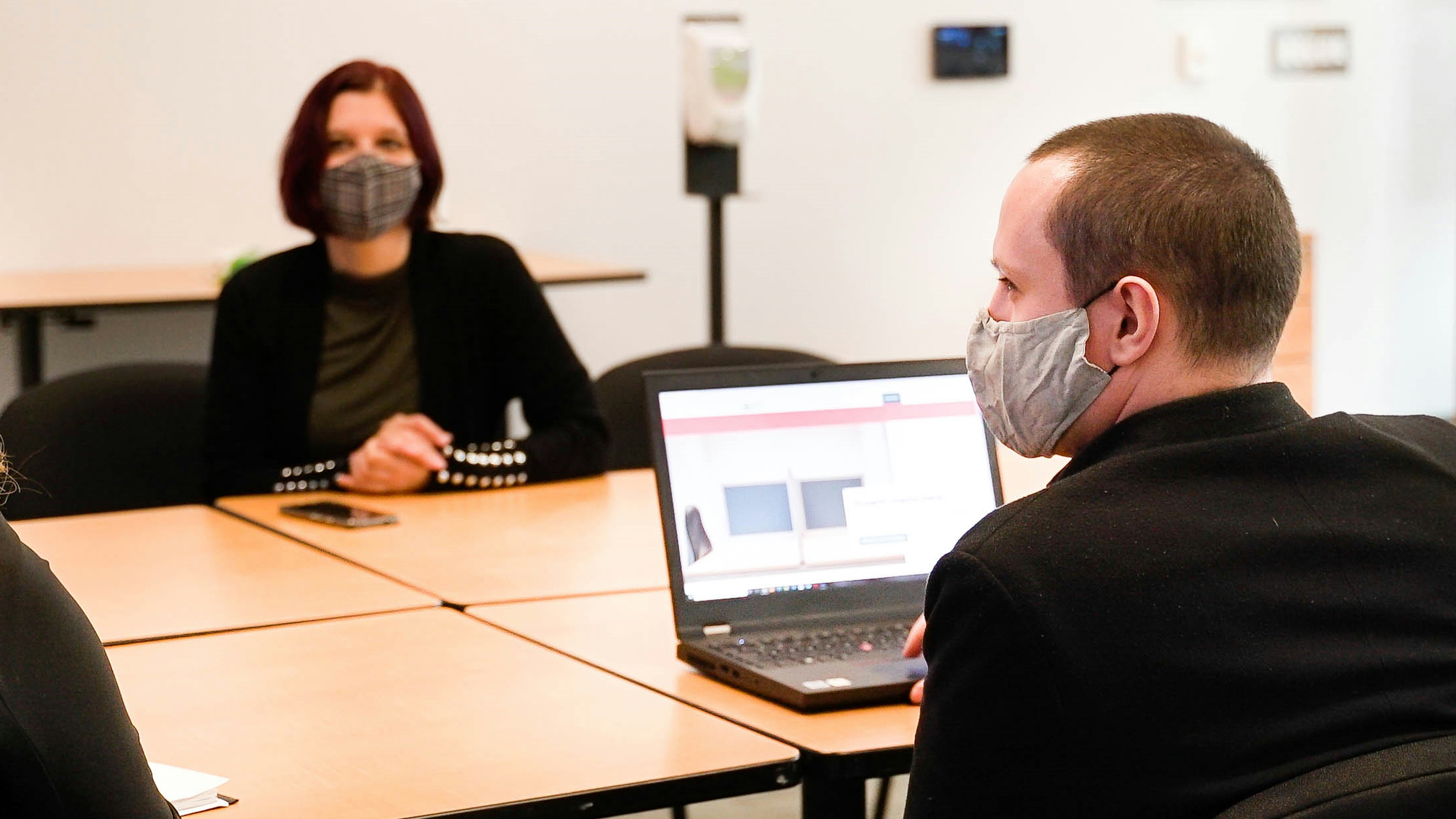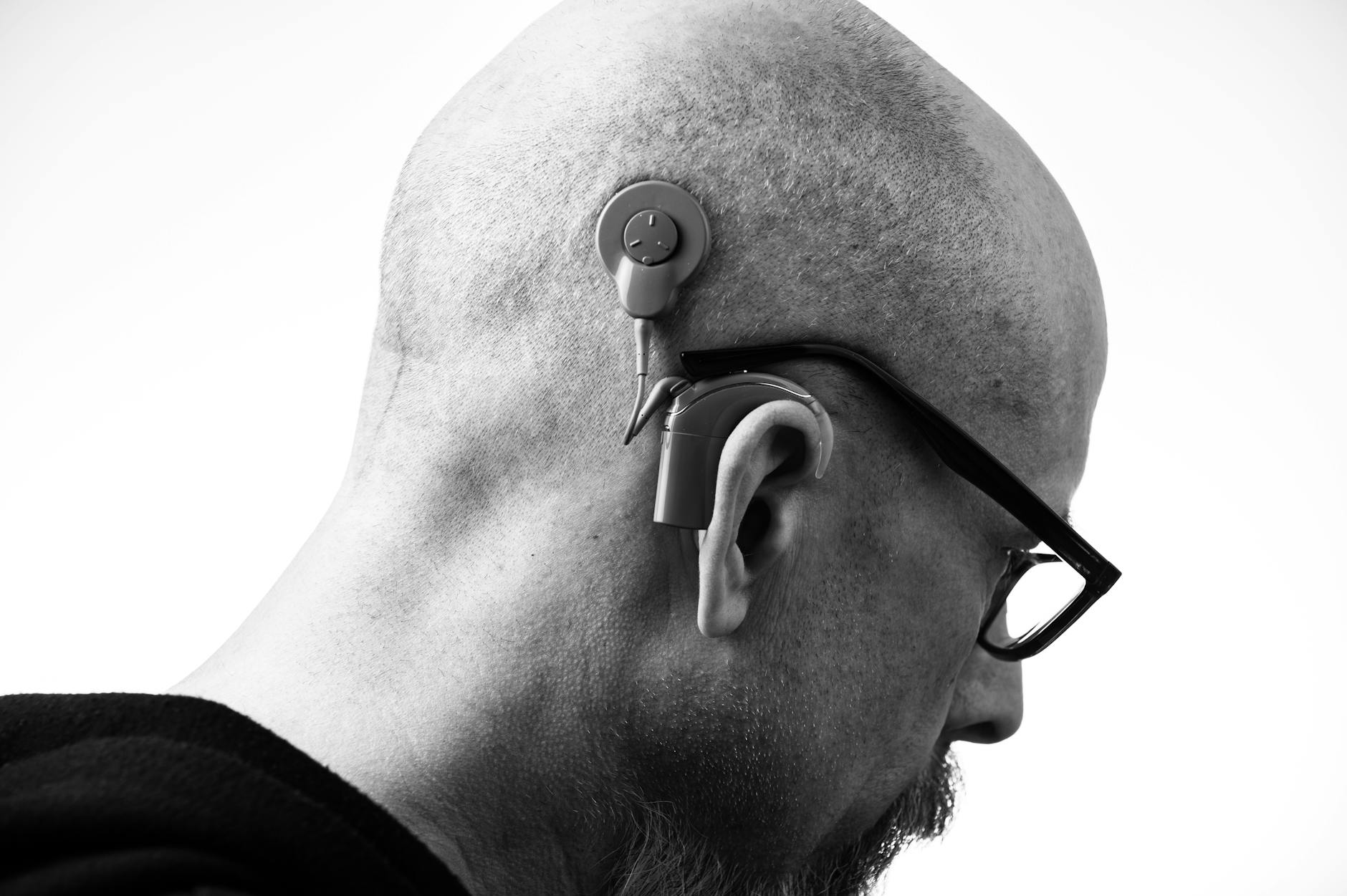Lede: If the ringing won’t quit, you’re not powerless. While there isn’t a universal "off" switch, there are proven ways to turn tinnitus from a front-row bully into background noise. This guide shows you what actually helps—and how to start today.
First, a hopeful reality check
Tinnitus is common, especially alongside hearing loss. For most adults, the goal isn’t to eliminate the sound entirely—it’s to reduce the distress it causes so you can sleep, focus, and enjoy life again. That’s absolutely achievable. Treatments like cognitive behavioral therapy (CBT), sound therapy, well-fitted hearing aids, and (in select cases) neuromodulation have solid evidence for reducing the bother of tinnitus. Many people notice meaningful relief within weeks to months.
When to seek medical care now
Most tinnitus can be managed without urgency, but a few red flags deserve prompt medical attention:
- Tinnitus in one ear only with new hearing changes
- Sudden hearing loss with tinnitus (same day or within 24–48 hours)
- Pulsatile tinnitus (sounds like a heartbeat)
- New tinnitus after head injury, or with neurologic symptoms (severe dizziness, facial weakness)
If any of these apply, contact an ENT specialist promptly. Otherwise, your first stop can be an audiologist.
Your best starting point: an audiologist-led evaluation
An audiologist will map your hearing, screen for contributing factors, and build a stepwise plan. Expect:
- Hearing test (audiogram): Even “mild” hearing loss can drive tinnitus. Treating the hearing loss often helps the ringing.
- Questionnaires: Tools like the Tinnitus Handicap Inventory (THI) or Tinnitus Functional Index (TFI) to track progress.
- Counseling: Education and practical strategies that reduce fear and attention to tinnitus.
- Referrals as needed: ENT for red flags; dentist/physio for jaw/neck issues; sleep or mental-health specialists when appropriate.
Tip: Bring a short note describing when your tinnitus is worst, what helps, your sleep, and any jaw/neck pain or clenching. It speeds up tailored care.
Treatments that actually help (and how to use them)
1) CBT: retrain your reaction, reduce distress
What it is: CBT doesn’t aim to change the sound itself; it changes how your brain interprets it. You learn to reduce threat signals, unhook from negative thoughts, and re-engage in activities. Results: less anxiety, better sleep, improved quality of life.
Evidence: Multiple high-quality reviews show CBT reliably reduces tinnitus-related distress. Benefits often begin in 4–8 weeks and continue to build.
How to start:
- Ask your audiologist or primary care provider for a referral to a CBT therapist experienced with tinnitus. Telehealth options are common.
- If sleep is a major issue, consider CBT-I (insomnia-focused), which pairs well with tinnitus CBT.
- Complement CBT with brief daily practices: paced breathing, mindfulness, or values-based activities that shift focus away from tinnitus.
2) Sound therapy: make silence friendlier
Silence can make tinnitus feel louder. Sound therapy adds gentle, pleasant sound so your auditory system isn’t fixated on the ringing.
- Everyday enrichment: Soft fan noise, nature sounds, or low-level music during quiet tasks.
- Bedtime sound: Use a bedside speaker or pillow speaker. Aim for sound that’s just below the tinnitus level, not blasting over it.
- Apps: Many offer customizable masks (white/pink/brown noise), ocean or rain, and timed fade-outs.
Pro tip: Avoid complete silence and avoid over-masking. The goal is gentle blending that encourages habituation.
3) Hearing aids: the double win when hearing loss is present
When hearing loss and tinnitus travel together, well-fitted hearing aids often reduce tinnitus awareness by restoring access to soft environmental sounds and decreasing listening effort.
- Modern features: Many aids include built-in tinnitus sound generators you can tailor with your clinician.
- Fitting matters: Real-ear verification, comfortable physical fit, and the right dome/earmold can change everything.
- Expectations: Some notice relief immediately; others improve over 2–8 weeks as the brain rebalances.
If you’ve tried hearing aids before and they “didn’t help,” consider a refit. Programming, acoustics, and counseling are as important as the device itself.
4) Tinnitus retraining therapy (TRT): education + sound
TRT combines structured counseling with sound therapy to promote habituation. Evidence is mixed but suggests benefit for many people, particularly when delivered by experienced clinicians over several months.
Who it may suit: Those who want a structured roadmap and do well with regular check-ins.
5) Bimodal neuromodulation: a selective option
Bimodal neuromodulation pairs sound with gentle stimulation to another sensory pathway (like the tongue or skin) to retune auditory networks. Devices such as Lenire have clinical trials showing reductions in tinnitus severity for some users.
- Good candidates: Persistent, bothersome tinnitus after trying sound therapy and counseling; motivated to adhere to daily sessions.
- What to expect: A daily at-home protocol (e.g., 30–60 minutes) for several weeks to months; benefits vary.
- Talk with a pro: Discuss candidacy, cost, and realistic outcomes with an audiologist or ENT familiar with these devices.
6) Somatic contributors: jaw, neck, and posture
If moving your jaw or neck changes your tinnitus pitch or loudness, musculoskeletal factors may be involved.
- Clenching/TMJ: A dentist familiar with temporomandibular disorders can evaluate for bruxism or malocclusion; night guards and jaw relaxation can help.
- Neck strain: A physical therapist can address trigger points, posture, and cervical mobility.
- Self-care: Gentle neck stretches, jaw relaxation, heat packs, and regular movement breaks.
7) Medications and supplements: what we know
- No universal pill “cures” tinnitus. Antidepressants or anti-anxiety medications may help when mood symptoms are prominent—talk with your clinician.
- Sleep support: Melatonin can aid sleep for some people with tinnitus; discuss dosing and interactions with your provider.
- Supplements: Ginkgo, zinc, and “tinnitus vitamins” haven’t shown consistent benefit in quality trials. Save your money unless advised otherwise.
- Ototoxic meds: Don’t stop prescribed drugs without medical advice, but ask your provider about alternatives if you suspect a medication is contributing.
Your 4-week starter plan
Use this as a template and personalize with your audiologist.
Week 1: Baseline and set the stage
- Book an audiology evaluation; complete THI or TFI for baseline.
- Set up sound enrichment at home and bedside (low, gentle level).
- Adopt a simple calming routine: 5 minutes of box breathing twice daily.
- Track sleep and tinnitus annoyance (0–10 scale) once per day.
Week 2: Add structure
- Begin CBT (therapist or digital program) or schedule the first session.
- If you have hearing loss, start hearing aid trial or schedule fitting.
- Identify fear-based thoughts ("It will get worse forever") and practice a balanced reframe ("I can learn skills that turn this down").
Week 3: Target sleep and triggers
- Establish a consistent wind-down: dim lights, no news scroll, light stretch, bedside sound.
- Notice somatic links (jaw clench, neck pain). Add micro-breaks, heat, gentle stretches; consider referrals.
- Adjust sound enrichment to just-below-tinnitus level for better blending.
Week 4: Review and refine
- Recheck THI/TFI and daily ratings; note improvements and sticking points.
- Tune hearing aid settings and tinnitus programs with your audiologist.
- Decide on next steps: continue CBT, consider TRT, or discuss neuromodulation if needed.
How to track progress (so you don’t miss wins)
- THI/TFI: Complete at baseline, 6 weeks, and 12 weeks.
- Daily 0–10 ratings: Annoyance, sleep quality, and focus.
- Behavioral markers: Time spent engaged in activities, reduced checking/covering behaviors, fewer “tinnitus searches.”
Many people notice earlier wins in sleep, concentration, and reduced anxiety even before loudness changes. Those wins count—they’re what make tinnitus fade into the background over time.
Common missteps to avoid
- Chasing silence: Over-masking and constant device switching can keep tinnitus center-stage. Aim for gentle blending, not erasure.
- Overprotection: Earplugs are great for loud environments, not for everyday living. Overuse can increase sound sensitivity.
- Supplement shopping sprees: Focus budget on proven approaches like CBT and quality hearing care.
- Skipping follow-up: Fine-tuning hearing aids and therapy plans is where much of the magic happens.
Partner with a pro
You don’t need to navigate this alone. An audiologist can tailor sound therapy, fit hearing aids, and coordinate care with ENT, mental health, sleep, and musculoskeletal specialists. If you’re feeling stuck or overwhelmed, that’s your cue to book an appointment. Personalized care is the shortcut.
Bottom line: Tinnitus is trainable. With the right mix of CBT, sound therapy, hearing support, and targeted habit shifts, most people can turn the volume of distress way down—and get back to living well.
Further Reading
- Sudden Hearing Loss: The 72-Hour Treatment Playbook (What to Do Now) (Treatment) - Hyperacusis Treatment: Rebuild Your Sound Tolerance Without Hiding (Treatment) - When Your Neck or Jaw Makes Noise: Treating Somatosensory Tinnitus (Treatment) - Sudden Hearing Loss Needs Speed: Treatments and the Critical Window (Treatment)Frequently Asked Questions
Will my tinnitus ever go away?
Some people experience complete remission, especially when tinnitus is brief or linked to a reversible trigger. More commonly, the sound persists but becomes far less intrusive with treatment. The goal is to reduce distress and restore sleep, focus, and quality of life—which is very achievable.
What’s the best first treatment to try?
Start with an audiology evaluation. If you have hearing loss, well-fitted hearing aids plus sound enrichment often help. Pair that with CBT (in person or digital) for the fastest distress reduction. Your audiologist can guide sound settings and next steps.
Are there medications that cure tinnitus?
No medication reliably cures tinnitus. Some medicines can help with associated anxiety, depression, or insomnia. Melatonin may improve sleep for some people. Always consult your clinician before starting or stopping any medication.
How long before I notice improvement?
Many notice better sleep and less distress within 2–6 weeks of starting CBT and sound therapy. Hearing aids can help right away but may take a few weeks to fully settle. Habituation typically builds over months.



